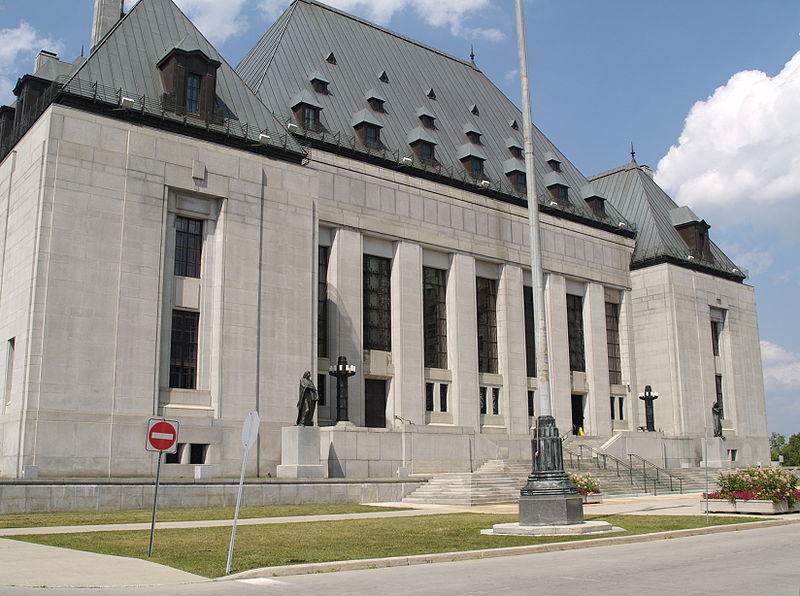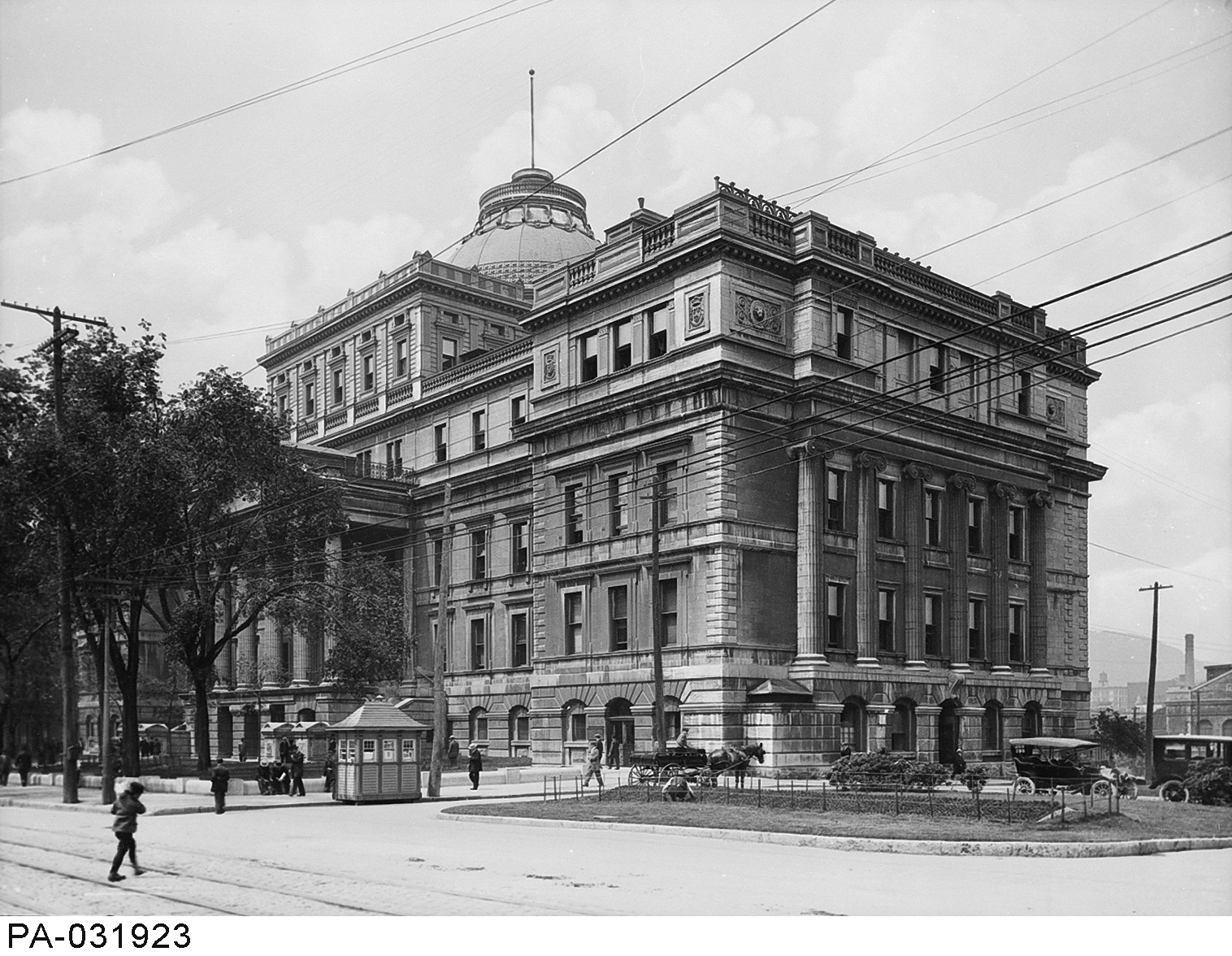The first anti-discrimination provisions in Canadian law began with a few, virtually unnoticed, minor reforms to existing statutes. British Columbia introduced the Unemployment Relief Act in 1931 to distribute relief during the Depression. Section 8 of the act prohibited discrimination on the basis of political affiliation in the distribution of relief; a year later, the government amended the act to expand the prohibition to race and religion. The Ontario government amended its insurance law in 1932 to ban racial and religious discrimination in the assessment of insurance. Soon afterward, in 1934, Manitoba amended the Libel Act to include a new section prohibiting “the publication of a libel against a race or creed likely to expose persons belonging to a race or professing the creed to hatred, contempt or ridicule, and tending to raise unrest or disorder among the people.” The British Columbia Social Assistance Act of 1945 banned discrimination on the basis of race, creed, or political affiliation in the provision of social assistance. Ontario’s 1944 Racial Discrimination Act also prohibited any signs or publications expressing racial or religious discrimination, and in the same year, the province passed a regulation under the Community Halls Act to proscribe discrimination in halls that received public funds. In retrospect, however, Saskatchewan was responsible for ushering in a new era, when its provincial government introduced the country’s first bill of rights. Alberta had attempted something similar in 1946, only to have the Alberta Bill of Rights overturned in the courts. The Alberta legislation had promised, among other things, a right to work and to pensions, and it empowered the provincial government to regulate banks. It was a clear violation of federal jurisdiction over banking, and the Supreme Court of Canada struck it down.
Soon afterward, in 1950, the Ontario government amended the Labour Relations Act to withhold legal recognition of collective agreements that discriminated on the basis of race or creed. In the same year, the legislature unanimously passed the Conveyancing and Law of Property Amendment Act, which prohibited the enforcement of restrictive covenants (contracts among homeowners to proscribe sales of homes to minorities, like the 1951 Ontario example quoted above). But the province’s most important innovation in the 1950s was passing fair employment and fair accommodation practices legislation to ban discrimination in employment and housing. By the end of the decade, most Canadian provinces had introduced similar legislation to prohibit discrimination on the basis of race, religion, and ethnicity. Parliament enacted the Canada Fair Employment Practices Act in 1953 and the Female Employees’ Equal Pay Act in 1956. Between 1953 and 1954, through a series of declarations and regulations (including the Fair Wages and Hours of Labour Act), Ottawa also banned discrimination in federal contracts on the basis of national origin, marital status, colour, age, race, and – for the first time – sex.
Anti-Discrimination Legislation
- 1944 Ontario Racial Discrimination Act
- 1947 Saskatchewan Bill of Rights
- 1951 Ontario Fair Employment Practices Act
- 1953 Canada Fair Employment Practices Act
- 1953 Manitoba Fair Employment Practices Act
- 1954 Ontario Fair Accommodation Practices Act
- 1955 Nova Scotia Fair Employment Practices Act
- 1956 British Columbia Fair Employment Practices Act
- 1956 New Brunswick Fair Employment Practices Act
- 1956 Saskatchewan Fair Accommodation Practices Act
- 1959 Nova Scotia Fair Accommodation Practices Act
- 1959 New Brunswick Fair Accommodation Practices Act
- 1960 Manitoba Fair Accommodation Practices Act
- 1961 British Columbia Public Accommodation Practices Act
- 1964 Quebec Act Respecting Discrimination in Employment
- 1966 North-West Territories Fair Practices Ordinance
These initial forays into banning discrimination faced intense opposition. Even when Ontario premier George Drew stood in the legislature to support the 1944 Racial Discrimination Act, he expressed hesitation with the principle embodied in the statute: “The best way to avoid racial and religious strife is not by imposing a method of thinking, but by teaching our children that we are all members of a great human family.” Maurice Duplessis, the powerful premier of Quebec, a man with an almost visceral hatred of communists and minorities such as Jehovah’s Witnesses, declared bluntly that the only protection people needed against discrimination was the Bible. The Toronto Globe and Mail, Toronto Telegram, and Toronto Financial Post condemned Ontario’s Racial Discrimination Act as unwarranted state interference in business. “The ultimate cure to discrimination,” explained the Globe and Mail editors in 1947, “lies in the people themselves.” Many political leaders had simply convinced themselves that discrimination did not exist in their province. Others asserted that traditional British rights and freedoms, protected through common law, were sufficient. Any legislation would be construed as special treatment for a particular group.




